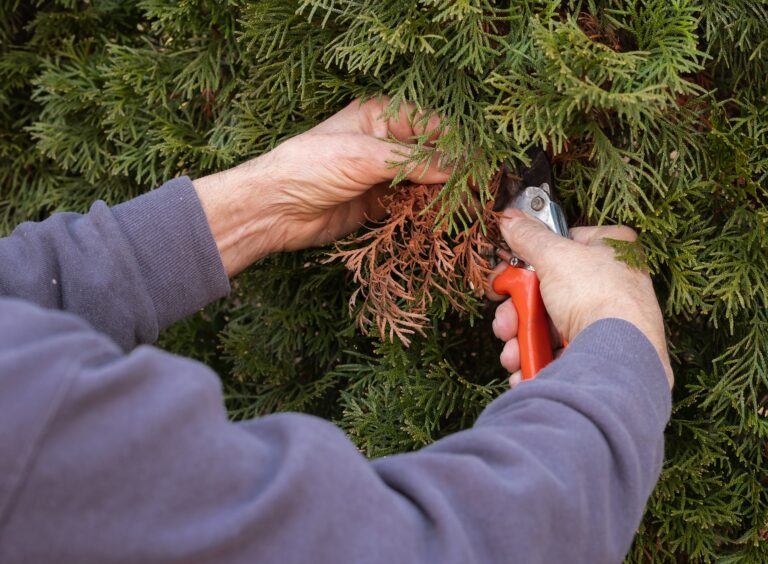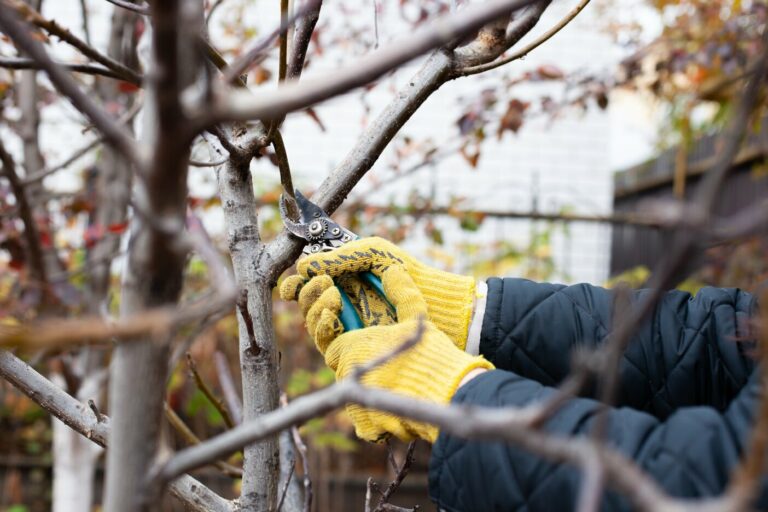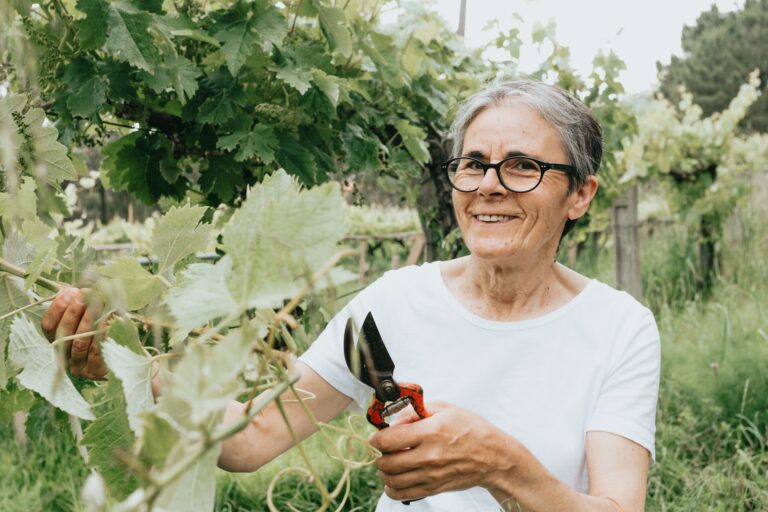Maximize Tree Health and Landscape Beauty with Proper Pruning
Maintaining lush, healthy trees that enhance your Rock Hill, South Carolina landscape’s aesthetic appeal begins with knowledge of proper pruning techniques. Pruning is essential for promoting tree health, managing growth, reducing potential hazards, and nurturing the overall beauty of your landscape. However, improper or excessive pruning can harm the tree and negate its benefits, making it crucial to learn the fundamentals of appropriate pruning practices.
By cultivating a deeper understanding of proper pruning methods in partnership with Niwaki Tree Services’s experienced arborists, you can maximize the health and visual appeal of your trees. Become an empowered advocate for your landscape, nurturing healthy, beautiful trees that will not only enhance your property’s value but create a stunning oasis to be enjoyed for years to come.
1. The Significance of Pruning: Health, Safety, and Aesthetics
Proper pruning is essential for maintaining the overall health and beauty of your trees while also mitigating potential hazards. Let’s explore the key benefits of regular, well-executed pruning:
- Health: Pruning promotes healthy growth by removing dead, diseased, or damaged branches, which consequently reduces the risk of pest infestations and fungal diseases.
- Safety: Elimination of weak or damaged limbs minimizes the danger of falling branches, especially during storms or high winds, safeguarding both people and property.
- Aesthetics: Thoughtful pruning enhances your tree’s appearance and promotes symmetry while also enabling better air circulation and sunlight penetration through the canopy.
- Growth control: Pruning can shape the growth and form of young trees, train fruiting trees for increased productivity, and maintain the size of mature trees within the constraints of your landscape.
Understanding the importance of pruning is the first step in cultivating a healthy, beautiful, and secure landscape for your Rock Hill, South Carolina property.
2. Pruning Techniques: The Right Cut for Each Occasion
There are various pruning techniques to achieve specific goals for your tree’s health, growth, and appearance. Familiarize yourself with these common methods:
- Thinning cut: A strategic removal of select branches at their point of origin to reduce density, promote airflow and light penetration, and alleviate internal canopy shading. Thinning is ideal for promoting tree health and improving overall aesthetics.
- Heading cut: removing the end of a branch, typically a young or small branch, to encourage branching near the pruning site. Heading cuts are often utilized for shaping young trees or promoting a fuller, denser appearance in shrubs.
- Drop crotch cut: Pruning a larger, more dominant branch back to a smaller lateral branch to reduce size while maintaining a natural appearance, commonly used for crown reduction.
- Removal cut: Completely eliminating a branch at its point of attachment, often used for reducing tree size, removing damaged branches, or increasing clearance around structures.
Consult an arborist to help you determine the most appropriate and effective pruning techniques to address the unique needs of your trees and landscape.
3. Timing Matters: When to Prune for Optimal Results
The timing of your pruning efforts plays a crucial role in achieving successful results. Factors like tree species, age, and specific pruning goals will influence your pruning schedule:
- Dormant season pruning: It is typically best to prune during late winter or early spring, just before trees begin to grow. Dormant-season pruning promotes robust growth, minimizes stress, and reduces the spread of diseases.
- Pruning for flowering trees: Prune spring-flowering trees right after they bloom in order to maximize flowering for the following year. Summer-flowering trees should be pruned in late winter or early spring, which encourages increased flower development.
- Pruning young trees: Begin structural pruning for young trees during their first few years to shape and train their growth. This early intervention can help reduce the need for more extensive pruning as the tree matures.
- Pruning for pests and disease: Some tree diseases and pests are more active during specific seasons. Prune your trees accordingly to minimize the spread.
Refrain from heavy pruning during periods of excessive stress, such as drought, or during the tree’s growth phase. Consult with an arborist to develop a customized pruning schedule that suits the needs of your specific trees and landscape goals.
4. Essential Tools for Proper Tree Pruning
Invest in quality pruning tools to make precise, clean cuts that promote faster healing and minimize damage to your tree. Common tools for effective pruning include the following:
- Hand pruners: Ideal for smaller branches up to 1 inch in diameter, hand pruners enable clean, precise cuts perfect for fine pruning work.
- Loppers: Designed for branches with diameters between 1 and 2 inches, loppers offer increased leverage and cutting power.
- Hand saws: Useful for making clean cuts on branches larger than 2 inches in diameter, hand saws come in various styles suited for different pruning needs.
- Pole saws or pruners: Designed for reaching higher branches, pole saws or pole pruners provide extended reach with various cutting mechanism options.
Maintaining sharp, high-quality pruning tools will ensure clean cuts and minimize potential damage to your trees during pruning.
Conclusion: Nurture Tree Health and Beauty with Expert Pruning Guidance
By understanding the importance of pruning, recognizing its various techniques, timing your efforts strategically, and investing in essential tools, you can encourage healthy growth, maintain safety, and enhance the visual appeal of your Rock Hill, South Carolina landscape.
Looking for professional and affordable tree and shrub pruning services? Look no further than Niwaki Tree Services! Our certified arborists will work with you to create a customized pruning plan that meets the unique needs of your trees while aligning with your landscaping goals. With our proactive and expert guidance, you can have a vibrant and healthy outdoor space that will make your neighbors envious.





